2021 can be an epic fishing year if you win one of our free electrofishing surveys
By Lochow Ranch
Time is quickly running out to register to win a free way to gauge your Texas pond or lake’s fish population!
There is just over a week remaining to enter our contest. You might be one of five people to snag a free electrofishing survey for Texas ponds from Lochow Ranch Pond & Lake Management.
The contest is open to Texas pond owners who want to turn their lakes into an angler’s paradise. Knowing the number and size of species present in your fishing hole, as well as the amount of forage fish available to them, is key to making your pond exceptional.
Electrofishing is safe and effective and a standard way biologists determine fish populations – and it does not harm the fish.
Lochow Ranch uses a custom electrofishing boat with state-of-the-art systems to briefly stun fish in your pond with a mild electrical current. Our experts then examine the fish to determine species, size, health and other characteristics.
A completed survey will give you a clear picture of the fish population in your pond and you will then know exactly what needs to be done to turn it into your dream pond for fantastic fishing.
It’s an important first step in pond and lake maintenance, along with exploring the right way to feed your fish, what sort of pond stocking is best, and options to control pond weeds.
To enter to win a free electrofishing survey, just fill out the entry form before March 31, 2021.
If you are one of five lucky entrants whose name is drawn at random, we’ll conduct an electrofishing survey of your pond this season. You will be well on your way to enjoying your new fishing paradise!
Why Choose Lochow Ranch for Pond & Lake Management
Serving Texas, Oklahoma, Arkansas and Louisiana, Lochow Ranch Pond & Lake Management proudly puts more than two decades of experience to work for you. Our team includes biologists, technicians and other professionals with deep expertise in pond and lake management services.
Check us out if you are considering building a lake, looking for pond stocking services, buying fish for a pond, or getting professional pond management and maintenance or fishery management. Our services include lake design, pond construction, pond renovation, pond water testing, electrofishing, pond stocking, control of pond weeds, and pond lime and fertilizer application. Let us help you build your dream pond that will delight your family and friends for generations to come.
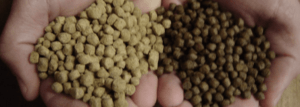
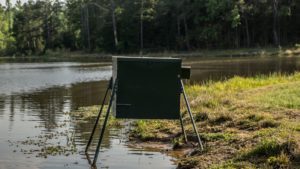 If you can visit your pond multiple times per day, every day, hand feeding will easily accomplish your purposes of feeding the fish.
If you can visit your pond multiple times per day, every day, hand feeding will easily accomplish your purposes of feeding the fish.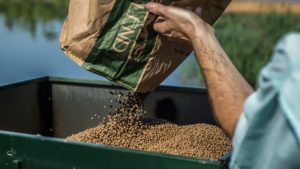 A few general principles apply: First, feed during daylight hours. Feeding during the day avoids allowing predators to grab a quick meal under the cover of darkness.
A few general principles apply: First, feed during daylight hours. Feeding during the day avoids allowing predators to grab a quick meal under the cover of darkness.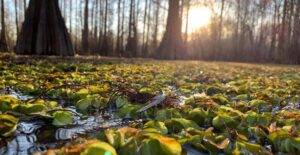
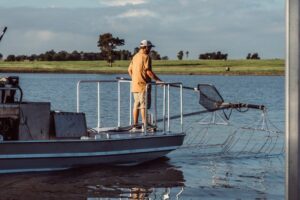
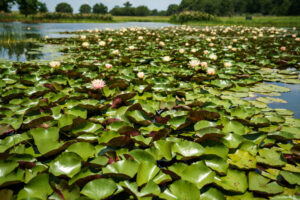
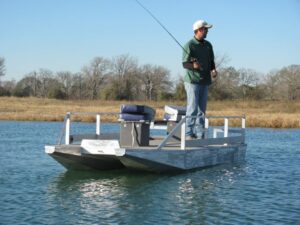
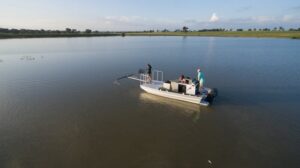
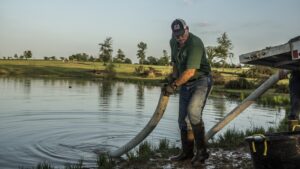

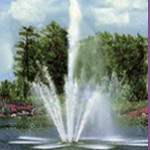
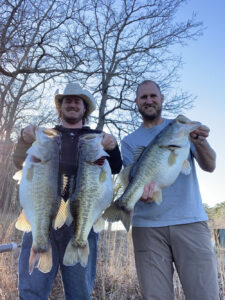
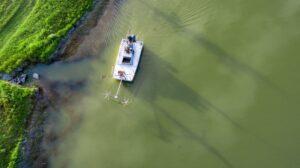

Recent Comments